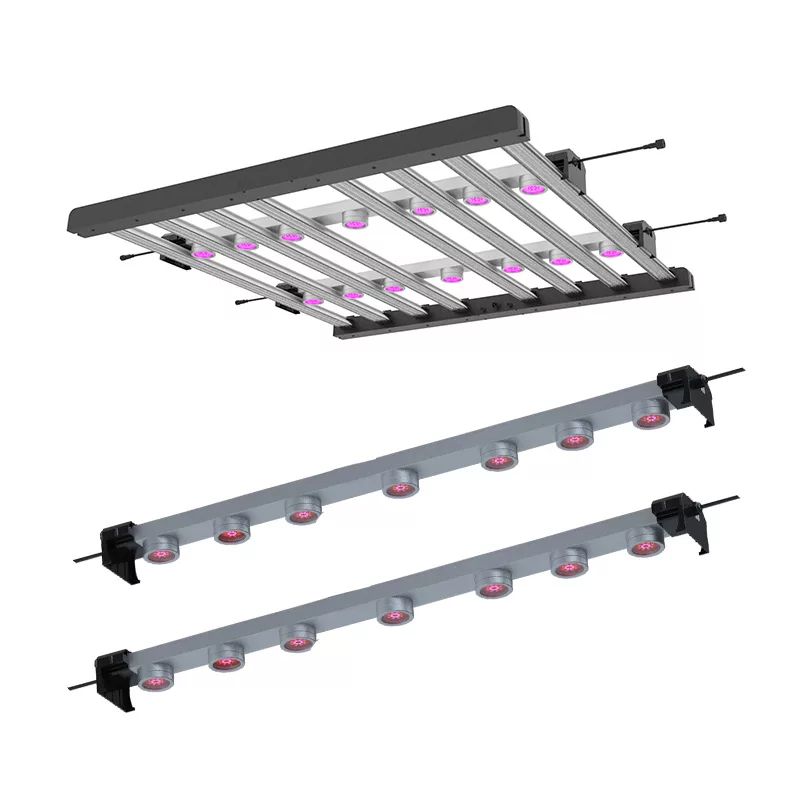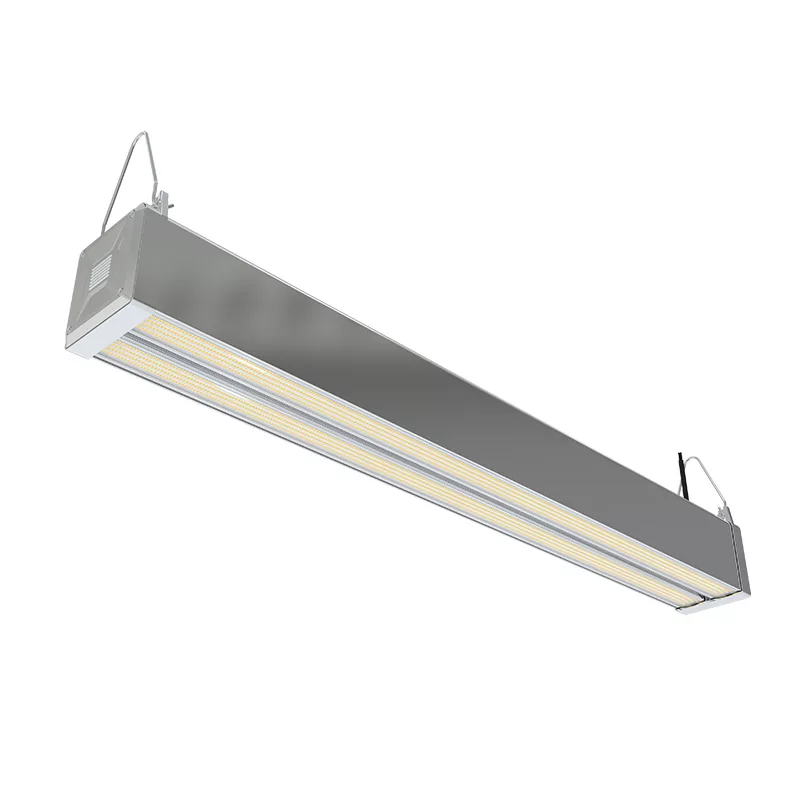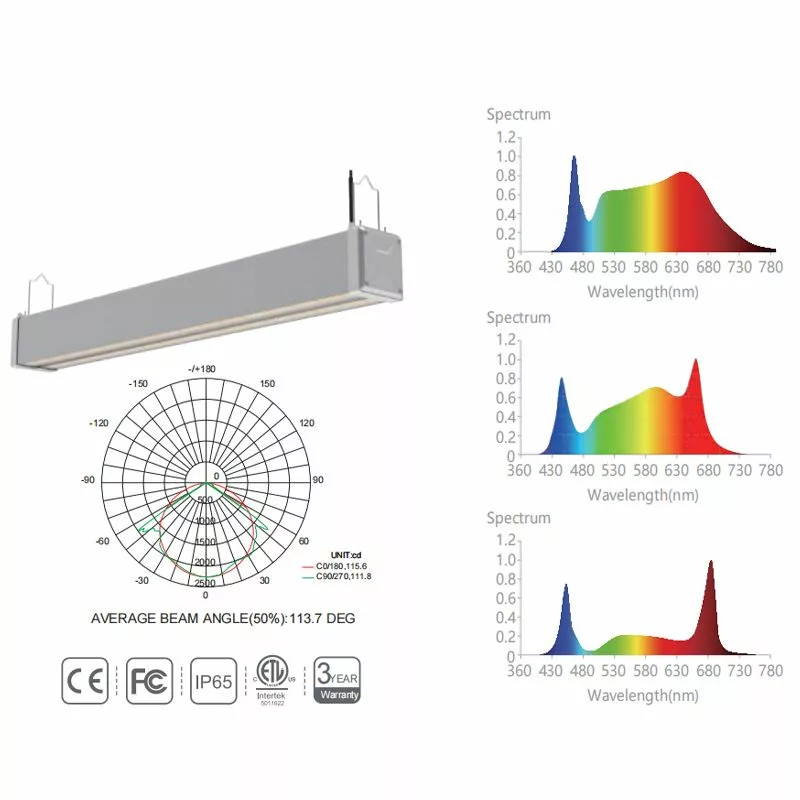An LED light, or light-emitting diode, is a semiconductor device that emits light when an electric current passes through it. LEDs are becoming increasingly popular due to their numerous advantages over traditional incandescent and fluorescent bulbs. LED grow lights are a type of artificial light that can be used to supplement or replace natural sunlight for growing plants indoors. They are becoming increasingly popular due to their several advantages over traditional grow lights.

Advantages of LED lights
Energy efficiency: LEDs are significantly more energy-efficient than traditional bulbs. They can use up to 80% less energy than incandescent bulbs and 50% less energy than fluorescent bulbs, translating to significant cost savings on your electricity bill.
Long lifespan: LEDs have a much longer lifespan than traditional bulbs. They typically last for 25,000 to 50,000 hours, compared to 1,000 hours for incandescent bulbs and 10,000 to 20,000 hours for fluorescent bulbs. This means that you will need to replace them less frequently, saving you money in the long run.
Durability: LEDs are very durable and resistant to shock and vibration. This makes them ideal for use in applications where traditional bulbs may be more susceptible to damage, such as in high-traffic areas or outdoors.
Versatility: LEDs are available in a wide variety of colors, sizes, and shapes, making them suitable for a wide range of applications. They can be used in general lighting, task lighting, decorative lighting, and even traffic signals.
Environmentally friendly: LEDs contain no mercury or other harmful chemicals, unlike some traditional bulbs. They also generate less heat, which can help to reduce your cooling costs.
Can LED Light Promote Plant Growth?
Yes, LED lights can effectively promote plant growth, offering several advantages over traditional methods. LED lights present a compelling solution for promoting plant growth, offering advantages in both efficiency and customization compared to traditional methods.


Best for Plant Growth LED Light
Greenhouse Grow Light
Greenhouse lights are becoming increasingly common in greenhouse applications. They provide full-spectrum illumination that promotes photosynthesis and improves crop yield and quality. Greenhouse grow lights are an efficient, energy-saving technology that can bring significant economic benefits to plants. As LED technology continues to evolve, greenhouse grow lights will be used more and more widely.
Greenhouse Grow Light Features
High efficiency full spectrum LED grow lights
Save 50% electricity cost compared to HPS
IP65 waterproof rating
Dimmable JUSON driver.
20%~100% dimming knob to turn on/off the light easily.
LED LM80 test report calculates that the lifetime is up to L70>54,000 hours.
Customized bulk order is available upon request.
Greenhouse Grow Light Applications
Agriculture: Greenhouse lights can be used to produce a variety of crops, including vegetables, fruits, flowers, etc.
Gardening: Greenhouse grow lights can be used by gardening enthusiasts to grow flowers, vegetables, etc.
Scientific research: Greenhouse lights can be used for plant scientific research, such as plant physiology, plant genetics, etc.
The most popular types of LED grow lights
Full spectrum lights: These lights emit a wide range of wavelengths of light, including red, blue, and white. They are suitable for growing a variety of plants at all stages of growth.
Red and blue lights: These lights emit primarily red and blue wavelengths of light, which are essential for plant growth. They are often used for seedlings and vegetative growth.
White lights: These lights emit primarily white light, which can be beneficial for flowering and fruiting plants.
When using LED grow lights, it is important to follow the manufacturer's instructions for proper use and placement. The lights should be positioned at the appropriate distance from the plants to avoid burning them. The lighting duration should also be adjusted based on the specific needs of the plants. If you have any questions, please feel free to consult TUBU.
